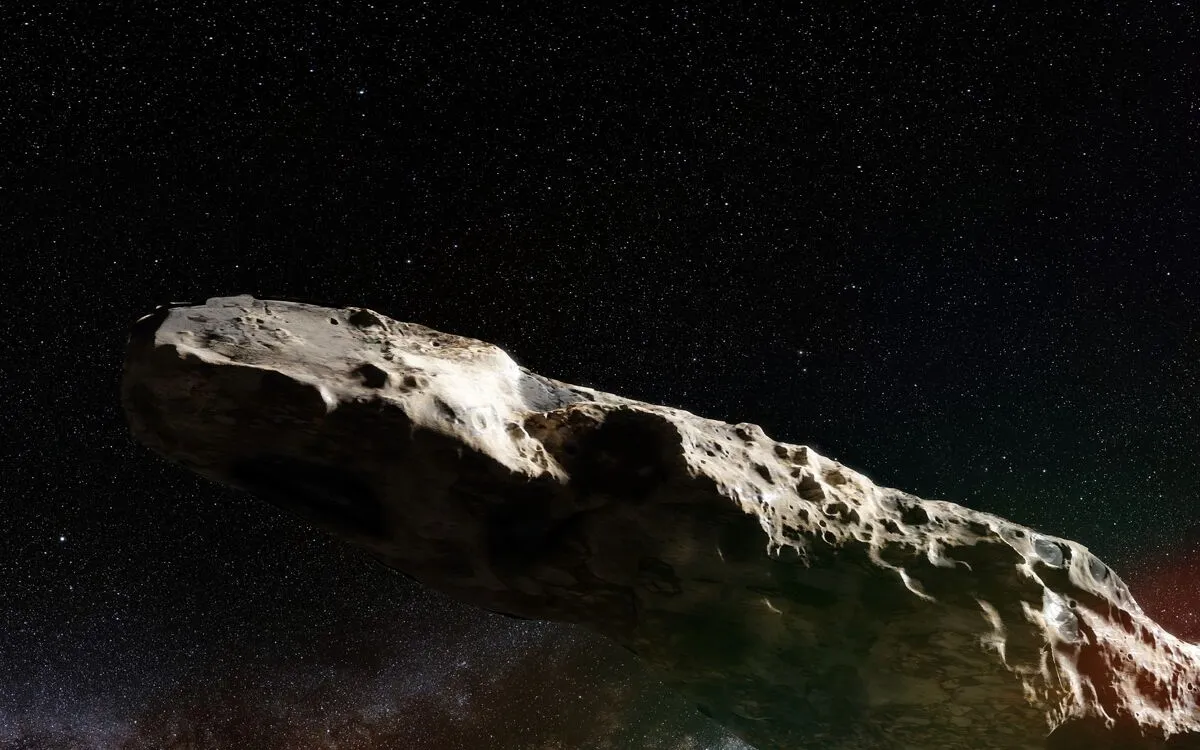
NASA is currently under significant pressure to unveil long-awaited images of the rare interstellar Comet 3I/ATLAS, which is only the third known object of its kind to enter our solar system. The Mars Reconnaissance Orbiter (MRO) successfully captured photographs of the comet during its close flyby of Mars in early October 2025. This marks a historic moment, as it is one of the first instances where a spacecraft has directly imaged an interstellar visitor.
The images, taken around October 2-3, remain unreleased due to delays linked to the federal government shutdown that commenced on October 1. This shutdown has resulted in furloughs for NASA personnel and has halted essential processes such as data processing, review, and public communication. While most observers attribute the delay to administrative issues, online speculation has sparked conspiracy theories. Some suggest that NASA may be withholding the images due to potential evidence of extraterrestrial activity, claims that the scientific community has firmly dismissed.
Comet 3I/ATLAS was first detected on July 1, 2025, by the Asteroid Terrestrial-Impact Last Alert System (ATLAS). As the comet approached the Sun, it exhibited a subtle non-gravitational acceleration, suggesting it maneuvered slightly outward from its orbit—behavior similar to that of other known interstellar visitors. While telescopes such as Hubble and the James Webb Space Telescope have observed the comet, scientists are eagerly awaiting high-resolution data from the MRO and Perseverance rover, which were collected during the comet's pass near Mars on October 6.
Pressure on NASA has escalated following a letter from Rep. Anna Paulina Luna (R-Fla.) to Acting Administrator Sean Duffy on October 31, urging the agency to release the data. Luna emphasized the importance of this information for advancing our understanding of interstellar visitors and their interactions with our solar system. She highlighted that the HiRISE camera aboard the MRO captured images with a spatial resolution of approximately 19 miles per pixel, which is about three times sharper than the best images taken by Hubble on July 21. The brightest pixel in these images will yield the most precise measurements of the comet's size to date.
Additionally, Luna requested that NASA disclose any supplementary data from Mars missions that may have detected unusual activity near Mars when the comet came within approximately 18.6 million miles of the planet. Her inquiry extends to information from the Parker Solar Probe, Juno, and other observatories, as well as data on previously recorded candidate interstellar meteors. She cited a 2014 interstellar meteor near Papua New Guinea, which had conflicting entries in NASA's Center for Near Earth Objects database, arguing that clarification would aid ongoing research and ensure transparency within the scientific community.
Outside of government discussions, Harvard astrophysicist Avi Loeb has also urged NASA to release the MRO images, asserting that open access would facilitate astronomers' planning for follow-up observations. In a recent blog post, he stated, "We should not hold science hostage to the shutdown politics of the day." Loeb has previously speculated that 3I/ATLAS may not be a natural object due to its numerous anomalies, a viewpoint he reiterated during a podcast interview with Joe Rogan.
In the midst of the online buzz surrounding the comet, celebrity Kim Kardashian joined the conversation on social media platform X, posting, "Wait...what's the tea on 3I ATLAS?" Duffy responded promptly, clarifying that NASA's observations indicate this is indeed the third interstellar comet to traverse our solar system, assuring the public that there are "No aliens. No threat to life here on Earth." Loeb later humorously suggested that he would welcome Kardashian to join his research team.
Comet 3I/ATLAS reached its closest point to the Sun on October 30, at a distance of approximately 130 million miles. It is expected to make its nearest approach to Earth on December 19, 2025, at about 170 million miles, posing no threat of impact. Loeb has cataloged several anomalies that distinguish 3I/ATLAS from ordinary comets, including its trajectory, which aligns within about five degrees of the ecliptic plane, an unusual sunward jet, and a composition rich in nickel but low in water. He also notes that the comet's path aligns closely with that of the 1977 Wow! radio signal, and its nucleus is extraordinarily massive compared to previous interstellar visitors.
As Comet 3I/ATLAS continues its journey through the solar system, scientists and the general public eagerly await NASA's release of the MRO images—data that could provide groundbreaking insights into one of the most enigmatic and fascinating objects ever observed.